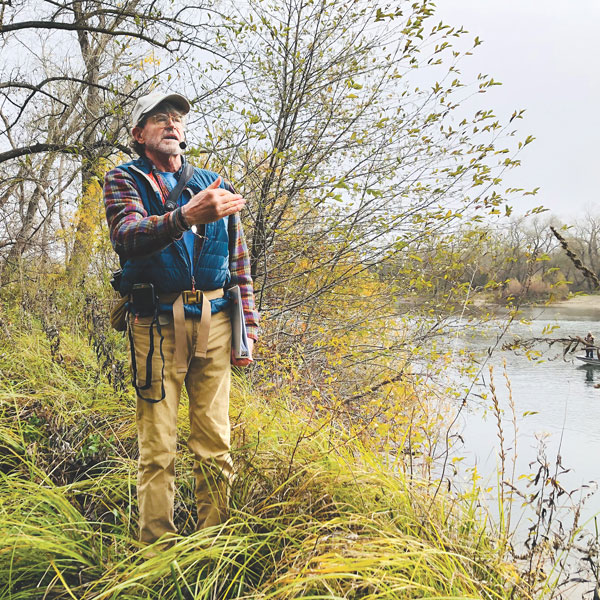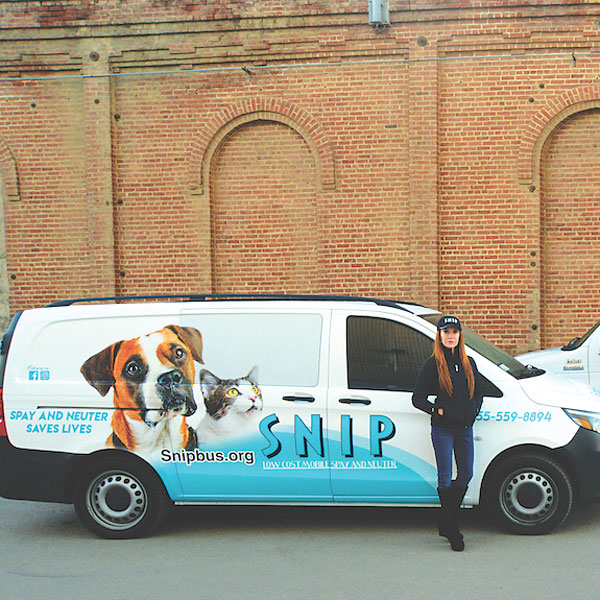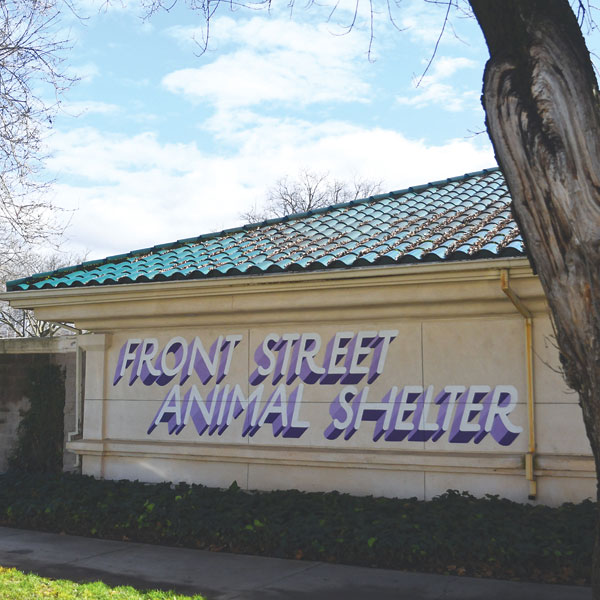
Jun 28, 2025
It’s not complicated. High-volume spay/neuter is the most effective way to stop the influx of unwanted dogs and cats.
Lacking such a program, Front Street Animal Shelter has big problems.
In the five years since Phillip Zimmerman took over as Front Street manager, the city’s homeless animal population has exploded. Stray dogs and cats entering Front Street grew from 6,309 in 2022 to 8,457 in 2024.

May 28, 2025
Bill Russell, philosopher and basketball legend, told me what he thought of Sacramento when he moved to town in 1987 to coach the Kings.
He said Sacramento was Fresno with a capitol.
I exaggerate when I say Russell moved here. He disliked Sacramento so much that he lived in Rancho Murieta, a golf community on Amador County’s doorstep.

Apr 28, 2025
Walk the dirt trail along the lower American River. Underfoot is cobble, buried in soil and held in place by decades-old tree roots.
Added in the 1950s, the smooth stones have protected the riverbank from erosion for more than seven decades. Cobble is a far cry from riprap, large angular rock and rubble used to protect shorelines.
“Cobble is very effective and still holding in place,” says Bill Avery, a biologist and Sacramento State professor. “Roots plus cobble are almost invincible. You’ve got extremely powerful erosion protection.
“It does not need to be covered with angular riprap exploded out of a quarry.”

Mar 28, 2025
The city’s Front Street Animal Shelter has a problem. Unwanted pets keep coming.
In three years, stray dogs and cats entering Front Street increased by 2,148—from 6,309 in 2022 to 8,457 in 2024.
More animals mean more killing. In 2022, Front Street euthanized 747. In 2024, the shelter killed 1,462—nearly double.
To address the statewide animal overpopulation crisis, Gov. Gavin Newsom included $50 million in the 2020-21 state budget to help California animal shelters stop killing adoptable dogs and cats.
Four years later the killing continues.

Feb 28, 2025
There are many ways to work around the law. Let’s start with the nearly 600 dogs and cats in “foster to adopt” at the city’s Front Street Animal Shelter, headed by Manager Phillip Zimmerman.
The concept is simple. California law requires shelters to spay or neuter animals prior to adoption. Under “foster to adopt,” animals are released to “adopters” as “foster pets.”
As foster pets, they don’t need to be altered before leaving the shelter.

Feb 28, 2025
Sunset along the lower American River. Hundreds of double-crested cormorants perch high among cottonwood and black locust trees. The birds fly in nightly during winter to roost in a grove between Howe and Watt avenues.
The roost supports as many as 225 cormorants, likely the entire population on the lower American River, says Dan Airola, conservation chair with Central Valley Bird Club.
When Airola began observing the cormorants in 2019, there were 25 to 30 birds.











